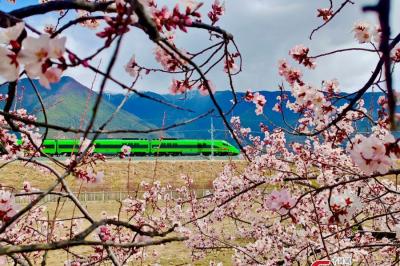|
Zhang Xinmin, lead scientist of the project with the Institute of High Energy Physics under the Chinese Academy of Sciences (CAS), says detection of primary gravitational waves is of great significance to studying the origin and evolution of the universe. Although the first detection of gravitational waves was announced on February 2016, no primary gravitational waves have been detected so far. But they remain a hot topic in international academic circles. According to cosmic inflation theory, the universe expanded rapidly in a very short period after the Big Bang, and caused ripples in space-time. The primary gravitational waves generated by cosmic inflation should have left traces in the cosmic microwave background (CMB). In May 2014, Zhang Xinmin proposed a CMB detection experiment in Ngari, arguing that as primary gravitational waves were very weak, the detection site should have thin air, and the drier the better. Ngari is one of just four places in the world regarded as the best sites for primary gravitational wave detection, alongside Antarctica, Chile's Atacama Desert and Greenland. Zhang had considered China's Kunlun Station in Antarctica to conduct the experiment, but the infrastructure there was insufficient. The primary gravitational wave detection experiment, a joint China-U.S.project, was launched in late 2016. The first stage of the project will see a telescope built at a site 5,250 meters above sea level to realize the first measurement of primary gravitational waves in the northern hemisphere. The telescope is expected to be installed at the end of 2019 and operational in 2020. Scientists then plan to build a more sensitive telescope at a higher site to realize more accurate measurement of primary gravitational waves. Scientists at the Institute of High Energy Physics of CAS and Stanford University are cooperating to design the telescope, which will be 2.7 times more powerful than the BICEP 3 telescope in Antarctica, says Zhang. Xue says China should utilize the unique geographical advantage of the "Roof of the World." The series of projects, scheduled to run until 2030, could help promote Tibet's social and economic development. |
- Home
- News |Tibet |Exclusive |China |World |Related News |Latest
- Documents |White Papers |Others
- Photo |Politics |Economy & Society |Culture & Religion |Human & Nature |Beautiful Tibet |Other Tibetan-Inhabited Area |Exchanges |Related
- Video |News |Documentary |Micro-Video |Entertainment
- Art
- Tourism
- In Focus
- About Tibet






